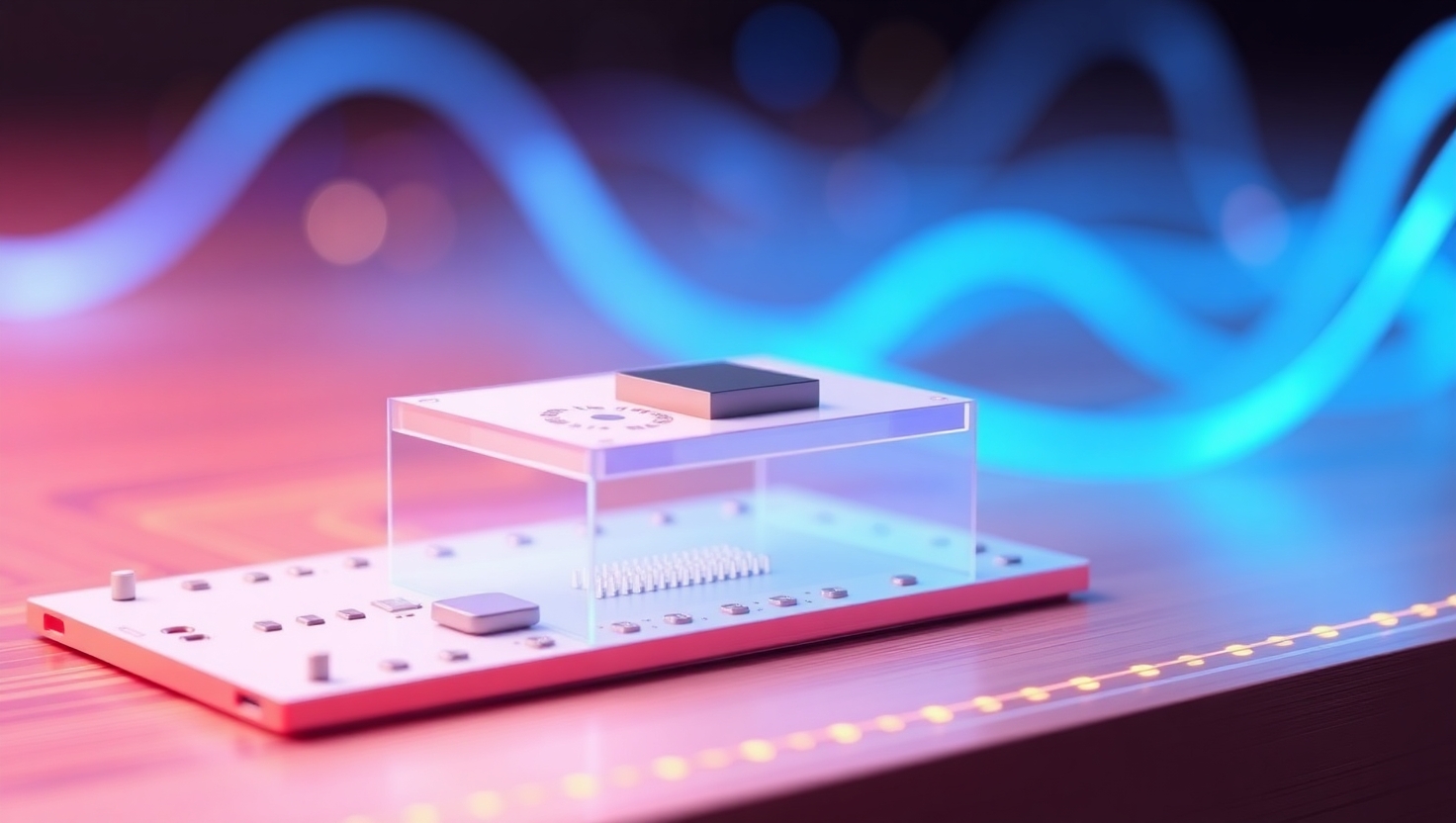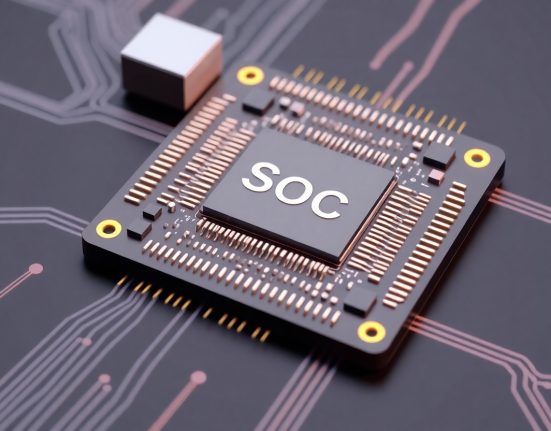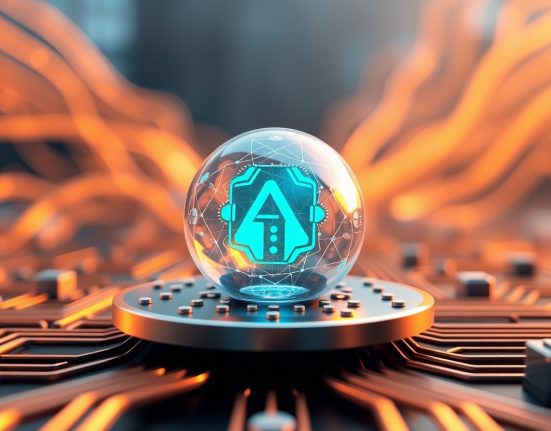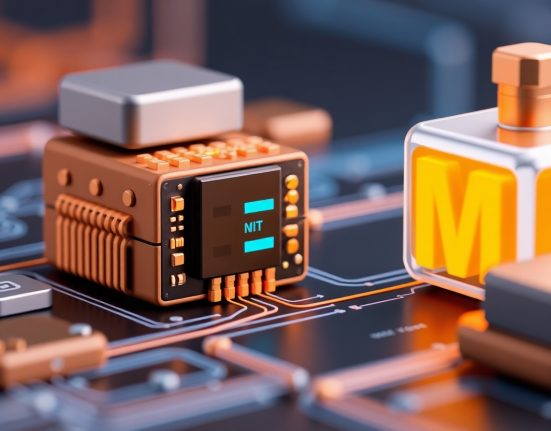One of the things that keeps fascinating me is how tiny electronic components can talk to each other and do so much while barely using any power. It almost feels like magic, but with a bit of careful planning and a good dose of patience, it’s absolutely possible to build IoT systems that run for ages and treat their batteries with the utmost respect.
When you’re starting to think about a connected project, whether it’s a temperature sensor in the garden or a smart switch on a door, one of the first questions you need to ask is how long you want the system to operate without charging or changing the battery. Sometimes it’s a few weeks, sometimes it’s months or even years. That’s where component selection becomes crucial, because the wrong choice could have your device draining batteries faster than you’d expect.
One of the first things to look at is the current draw in sleep mode. Many microcontrollers today support deep sleep modes where they use only a few microamps. That’s a huge deal for battery-powered projects. But it’s not just about the microcontroller. Communication modules like WiFi or Bluetooth also need to be power efficient. WiFi tends to be power hungry, especially when it’s connecting to the network, so unless you need a constant connection, it’s usually better to send your data quickly and go back to sleep. Bluetooth Low Energy, on the other hand, is a great option for more frequent but lightweight communication.
Besides the communication part, the sensors you choose play a big role too. Some sensors stay on all the time and silently sip power while others know how to wake up only when needed and then go back to sleep. There are even sensors that work entirely from environmental energy, like passive motion detectors or ones based on pressure or temperature. Also, consider how often you really need to read data. Maybe you don’t need a reading every second. Maybe once a minute or even every fifteen minutes is plenty.
And don’t overlook the power circuitry. Good regulators, filtering capacitors and smart voltage levels can save a surprising amount of energy. Using timers properly, like internal clocks that wake up the system only at certain intervals, can make a huge difference too.
What I love about IoT projects is that they bring together software, hardware and a sense of environmental awareness. The more thought you put into selecting components and matching them to your power needs, the more reliable and long-lasting your project becomes. There’s nothing like watching a little device you built keep running for months just because you planned it well. It’s not just efficient, it’s really satisfying.














